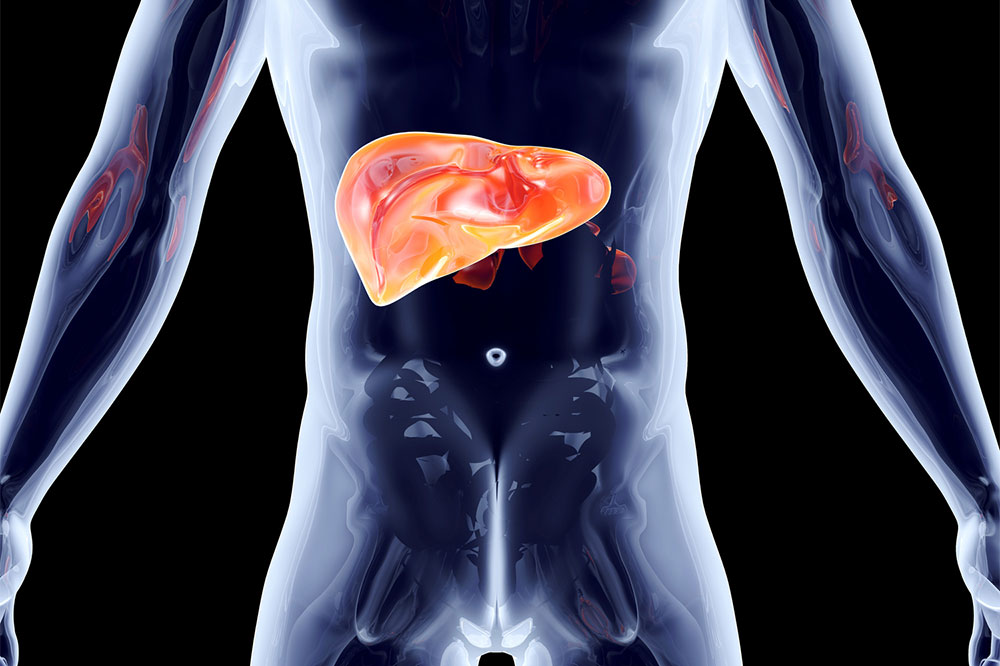Lung disease – Symptoms, types, and more

Disorders, such as asthma and COPD, that affect the airways and conditions, such as pulmonary fibrosis and lung cancer, that affect the lung tissue are known as respiratory diseases. Many factors can lead to lung disease. These include air pollution, genetics, and certain existing medical conditions. The management of lung disease varies depending on the patient’s specific situation. This article sheds light on the signs, symptoms, types, and management of lung diseases.
Types of lung disease
Infections or chronic illnesses can significantly impact one’s quality of life. This also depends on the type of lung disease one has. A few common types of lung disease include asthma, chronic obstructive pulmonary disease (COPD), pneumonia, tuberculosis, lung cancer, interstitial lung disease, pulmonary fibrosis, and sarcoidosis.
Signs that indicate a lung disease
Lung disease can be detected by some common signs:
- Breathing problems: Breathing problems, such as shortness of breath, are a typical sign of many lung conditions, such as pulmonary fibrosis, COPD, and asthma.
- Chronic cough: A cough that lasts for a few weeks or longer is considered chronic and might indicate a lung condition. The cough may occasionally produce phlegm or mucus.
- Wheezing: Wheezing, commonly linked to asthma and COPD, is a high-pitched whistling sound during breathing.
- Chest pain: Chest pain may indicate a lung disease if it is accompanied by coughing or shortness of breath.
- Weakness or exhaustion: These signs are frequent in patients with lung diseases, as breathing requires effort.
- Recurrent respiratory infections: Respiratory infections that frequently recur, such as pneumonia or bronchitis, may indicate a lung condition.
- Blue lips or nails: A blue tinge to the lips or nails may signify a deficiency in blood oxygen, a sign of a serious lung condition.
- Leg or ankle swelling: This can happen when fluid builds up in the body as a result of a lung or heart condition.
Those who have these symptoms must consult a healthcare provider. The early detection and treatment of lung diseases can make it manageable.
How severe is lung disease?
Individuals with signs that indicate a lung disease can experience varying severity depending on their specific condition. Minor lung diseases, such as mild asthma or minor respiratory infection, may be relatively easy to treat. There are, however, other lung diseases that can be much more serious and even life-threatening.
As a progressive lung disease, chronic obstructive pulmonary disease (COPD) can cause significant breathing difficulties and a poor quality of life. Another example of a potentially life-threatening lung disease is lung cancer.
Lung disease management
Management of lung disease varies based on the severity and specific condition. Symptom management can be achieved through some prescription treatment methods, while slowing disease progression can be accomplished through others. Prescriptions, oxygen therapy, pulmonary rehabilitation, surgery, and lifestyle changes can help.
Lung disease can be mild, moderate, or severe and can significantly impact an individual’s quality of life. Shortness of breath, a chronic cough, wheezing, chest pain, and fatigue are signs that indicate lung disease. Reducing exposure to air pollution is essential to preventing and managing lung disease.






